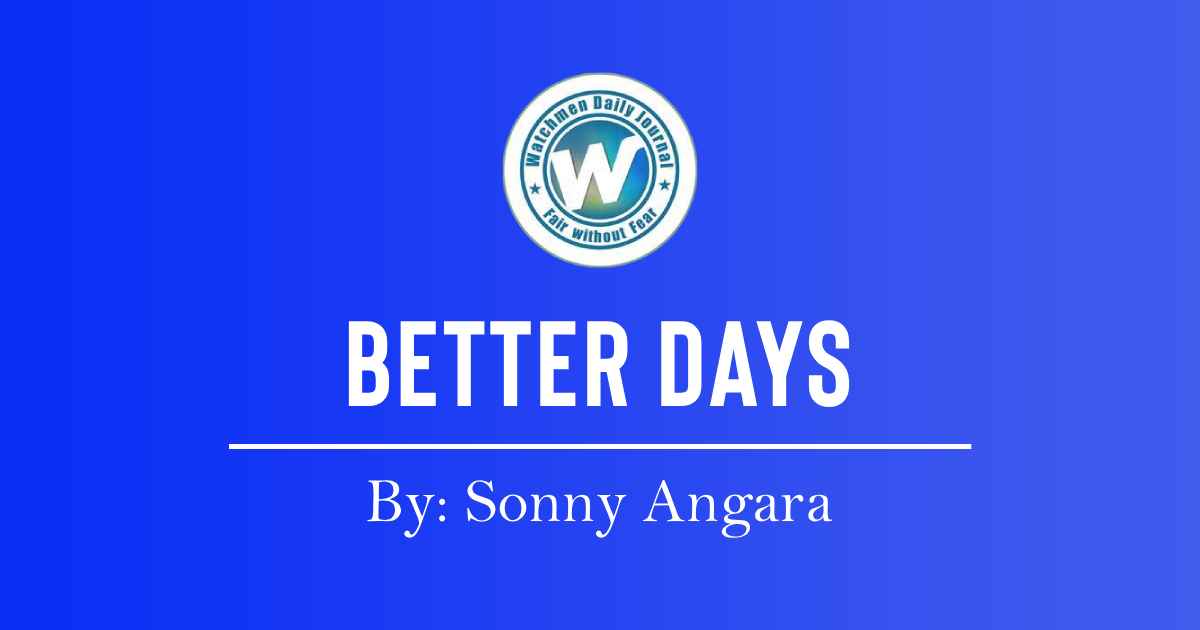 By Sonny Angara
By Sonny Angara
Last week, several jeepney organizations staged a nationwide transport strike to protest the implementation of the Public Utility Vehicle (PUV) Modernization Program. Under the modernization program, the ubiquitous jeepneys that have been around since the end of the second World War, will gradually be phased out to pave the way for environmentally friendly electric vehicles. While the planned weeklong transport strike was cut short after the extension granted by the Department of Transportation (DOTr) to the jeepney operators to join cooperatives from June 30, 2023 to December 31, 2023, this development should remind us of the urgent need to improve our public transport system for the benefit of the commuting public.
The problems in our public transport system persist and have been cited among the key areas that hinder our advancement towards being more competitive against our peers. In the 2017-2018 Global Competitiveness Report of the World Economic Forum, it identified “inadequate supply of infrastructure,” which includes roads, bridges and mass transportation, as the second most problematic factor to doing business in the Philippines. The World Bank, in its 2018 Logistic Performance Index, which rates a country’s trade logistics, the Philippines ranked 60th out of 160 countries.
Clearly, the problems that we are facing are complex and cannot be solved overnight. We need to come up with an overall action plan for our public transport system that will not only address our present issues, but also look towards the future. Last year, I filed Senate Bill No. 1005 or the proposed Sustainable Transportation Act of 2022 for the purpose of coming up with a sustainable transport action plan and an integrated land use and transportation plan. We have to move towards reducing our dependence on fossil fuels and start making the use of public transport, non-motorized transport, green vehicles and walking a way of life among Filipinos.
The sustainable transport action plan would include strategies relating to the inclusion of non-motorized transport, the development of a seamless and inclusive public transport system, green infrastructure and facilities and the enforcement of transportation demand management measures.
Our local governments also have a key role to play in this endeavor. In the preparation and updating of their land use plans, the local government units should always keep in mind the important relationship between land use and transportation. We should have more bicycle lanes, walkable roads and open spaces in our cities and municipalities to promote a healthy lifestyle and enhancing the overall quality of life of our people.
We want to see public transportation as the primary mobility option for our people. In order to achieve this, it must first be inclusive — meaning it should be affordable for the poor and accessible for all people, especially the elderly and persons with disabilities. Their operations must also be efficient.
There should also be more options available for the people. There are currently several transport projects that are ongoing construction or in the pipeline including the North-South Commuter Railway and the Metro Manila Subway. Under our bill, the DOTr will be tasked to study the creation of bus rapid transit systems around the country. This will organize the PUBs into one efficient long-distance transportation system with coordinated schedules, rates, routes, and pick-up and drop-off points. The Department of Environment and Natural Resources, in coordination with the DOTr will also study the development of more water ferry systems along the navigable bodies of water.
In August last year, we also filed SBN 1004 to allow and regulate the use of motorcycles as PUVs. Currently, the Land Transportation Franchising and Regulatory Board (LTFRB) allows three motorcycle ride hailing companies to operate under a pilot run. This means they do not have certificates of public convenience from the LTFRB that is required for the operation of PUVs. Motorcycle taxis or habal-habals have long been utilized as fast and affordable modes of transport. In many provinces, they are considered as the primary mode of transport.
Some of the most prosperous and progressive countries have efficient public transport systems. This is what we are striving for, not only to join the ranks of industrialized nations, but more importantly, to provide our public with a better experience in their daily commute and to foster a healthier and more sustainable way of life.
***
Senator Sonny Angara has been in public service for 18 years — nine years as Representative of the Lone District of Aurora, and nine as Senator. He has authored, co-authored and sponsored more than 330 laws.
***
Email: sensonnyangara@yahoo.com | Facebook, Twitter & Instagram: @sonnyangara/WDJ

